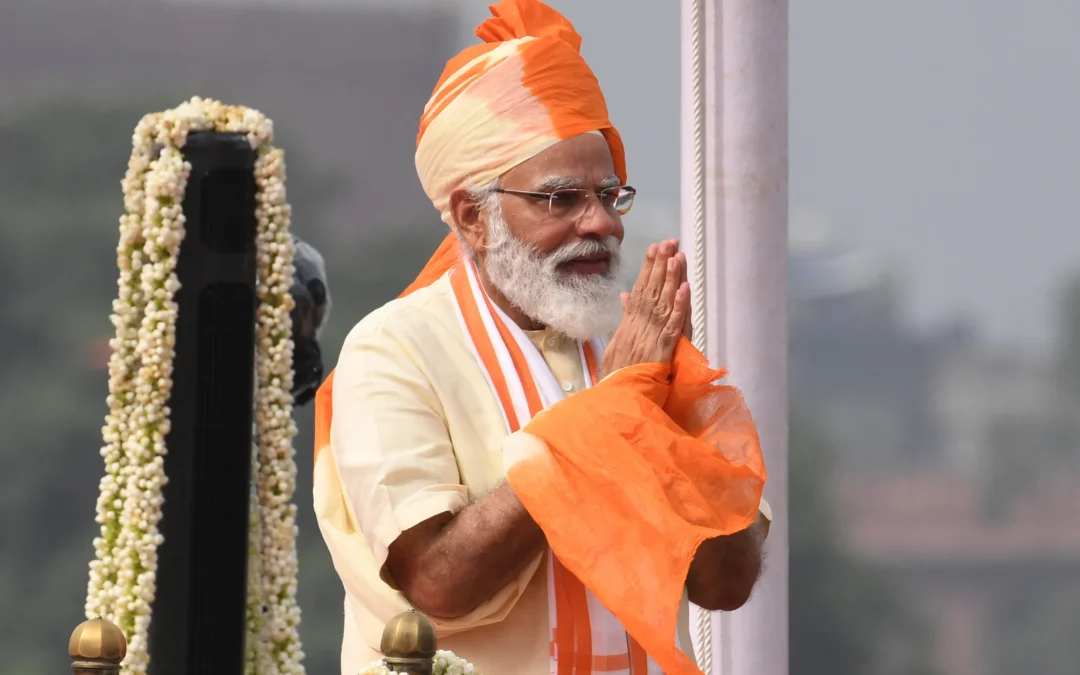Managing the Language Wars in India
Why in News?
The recent controversy surrounding remarks by RSS ideologue Suresh “Bhaiyyaji” Joshi about the Marathi language in Mumbai has reignited the debate over linguistic identity and coexistence in India’s metropolitan centers. This situation highlights the delicate balance between national unity and regional linguistic aspirations. 
Introduction
Language has always been a sensitive fault line in India’s socio-political landscape. From debates over official languages to regional assertions of linguistic identity, language politics influence governance, elections, and social harmony. Recent events show that managing these language wars requires respect for India’s complex history and constitutional safeguards.
Key Features
The Mumbai-Marathi Language Controversy
- RSS leader Suresh Joshi recently commented on the use of Marathi in Mumbai, claiming that “Mumbai doesn’t have a single language” and that “if you are residing in Mumbai, it is not necessary that you have to learn Marathi.”
- These remarks stirred emotions in Maharashtra, recalling historical movements like the Maharashtra Sangharsh Samiti agitation of 1960. This movement demanded Mumbai as the capital of Maharashtra and promoted Marathi as the dominant language.
- Though Joshi later clarified his statement, emphasizing Mumbai’s coexistence of multiple languages, the controversy exposed ongoing tensions over linguistic identity.
Historical Context
- The language issue dates back to the early 20th century, when debates emerged over a common national language for India.
- The 1920 Nagpur Congress Session advocated linguistic sub-nationalism, leading to the formation of Congress committees based on linguistic identities.
- The 1956 States Reorganisation Commission (SRC) further reshaped India’s provinces along linguistic lines, following public protests in southern India.
- India’s Northeast and Assam witnessed significant language-centric movements, influencing regional politics and policies.
Modern Implications
- Major Indian cities like Bengaluru, Chennai, Gurugram, and Mumbai often face tensions between speakers of the dominant local language and non-native migrants.
- Language-related politics affect access to resources, jobs, and education. Populist politics frequently weaponize language to polarize voters and secure electoral advantages.
- Legislative actions such as reserving jobs for native residents often accompany street mobilizations, exacerbating regional tensions.
Specific Impacts or Effects
Social and Economic Implications
- Language wars disrupt social harmony in cities with diverse populations, where coexistence is critical.
- Economic competition between locals and migrants often intersects with linguistic politics, deepening divisions.
- Policies favoring one language may discourage integration and create barriers for non-native speakers seeking employment or public services.
Governance Challenges
- The central government must balance state autonomy with national unity, respecting linguistic diversity while preventing linguistic chauvinism.
- Language conflicts complicate federal relations, as state governments resist central impositions and assert regional linguistic pride.
Challenges and the Way Forward
Challenges
- Aspirations for a monolingual identity are incompatible with India’s constitutional commitment to linguistic pluralism.
- Periodic language tensions are likely inevitable in a country with such linguistic diversity.
Steps Forward
- Political leadership must navigate language demands within the constitutional framework, promoting coexistence and unity.
- A cooperative federal structure that respects linguistic sub-nationalism while avoiding rigid nationalism is essential.
- Public discourse should be framed in a spirit of negotiation and respect for linguistic diversity.
Conclusion
Managing India’s language politics requires sensitivity to historical grievances and constitutional principles. The goal should be fostering coexistence, where linguistic identity enriches rather than divides the nation. A balanced approach can help India reconcile its pluralistic heritage with the imperatives of a united, federal polity.
Questions and Answers
1. What sparked the latest language controversy in Maharashtra?
RSS ideologue Suresh Joshi’s remarks on the place of Marathi in Mumbai.
2. What was the core of Joshi’s statement?
He stated that Mumbai doesn’t have a single language and it’s not necessary to learn Marathi to reside there.
3. Which historical movement is linked to the Marathi language issue in Mumbai?
The Maharashtra Sangharsh Samiti agitation of 1960.
4. What did the Maharashtra Sangharsh Samiti demand?
That Mumbai, then Bombay, should be the capital of Maharashtra and that Marathi be promoted.
5. What role did the 1920 Nagpur Congress Session play in language politics?
It passed a resolution supporting the formation of Congress committees based on linguistic identities.
6. What was the States Reorganisation Commission (SRC) of 1956?
A commission set up to reorganize Indian provinces along linguistic lines.
7. Which regions saw notable language-centric movements?
India’s Northeast and Assam.
8. How does language politics affect Indian metros?
It fuels competition over jobs, privileges local language speakers, and polarizes electorates.
9. Why is managing language politics challenging in India?
Because of the tension between linguistic sub-nationalism and the unitary demands of the nation-state.
10. What is the suggested approach to resolving language tensions?
Negotiation within the constitutional framework, promoting coexistence and respect for diversity.








